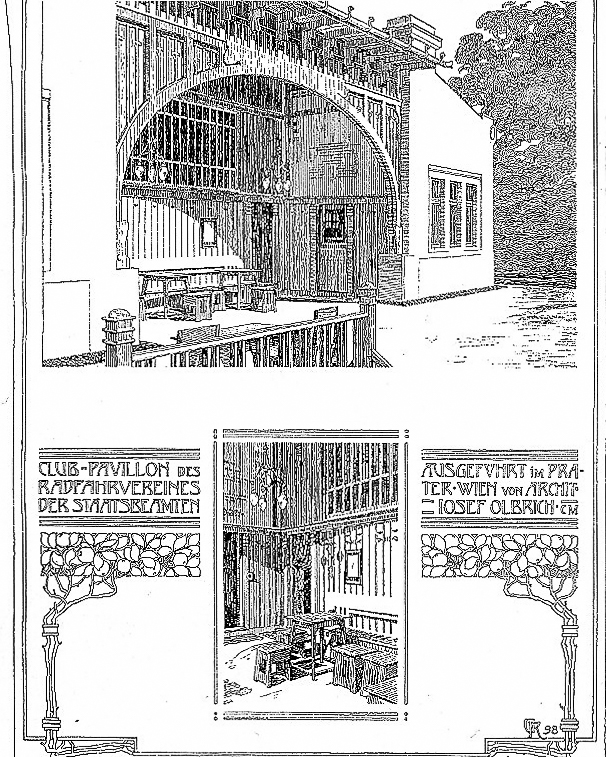Battle on the Marchfeld

Even though the monument is located in the Weinviertel region of Lower Austria, the memorial stone on the municipal border between Dürnkrut and Jedenspeigen is also of central importance for Vienna. The 6m-high granite block depicting a knight with a horse by the Austrian sculptor Carl Hermann errected in 1978 commemorates the Battle of Marchfeld (German: Schlacht am Marchfeld) on August 26, 1278, which laid the foundations for the Habsburg reign in Austria.
Erected in the center of the battlefield around 50 km north-east of Vienna, it documents one of the largest knightly battles in Europe between Ottokar II Přemysl, King of the Bohemians, who as Duke of Austria had succeeded the Babenbergs, who had died out in 1251, and the newcomer Rudolf I of Habsburg, who 5 years before the battle had been awarded the Roman-German kingship by the election of the electors.
The battle, which had a lasting impact on the fate of Austria and Europe and ended with the death of Ottokar on the battlefield, is also extensively documented and presented in multimedia form in the Jedenspeigen Castle Museum. A popular knights‘ festival is also held on site once a year in summer.

















